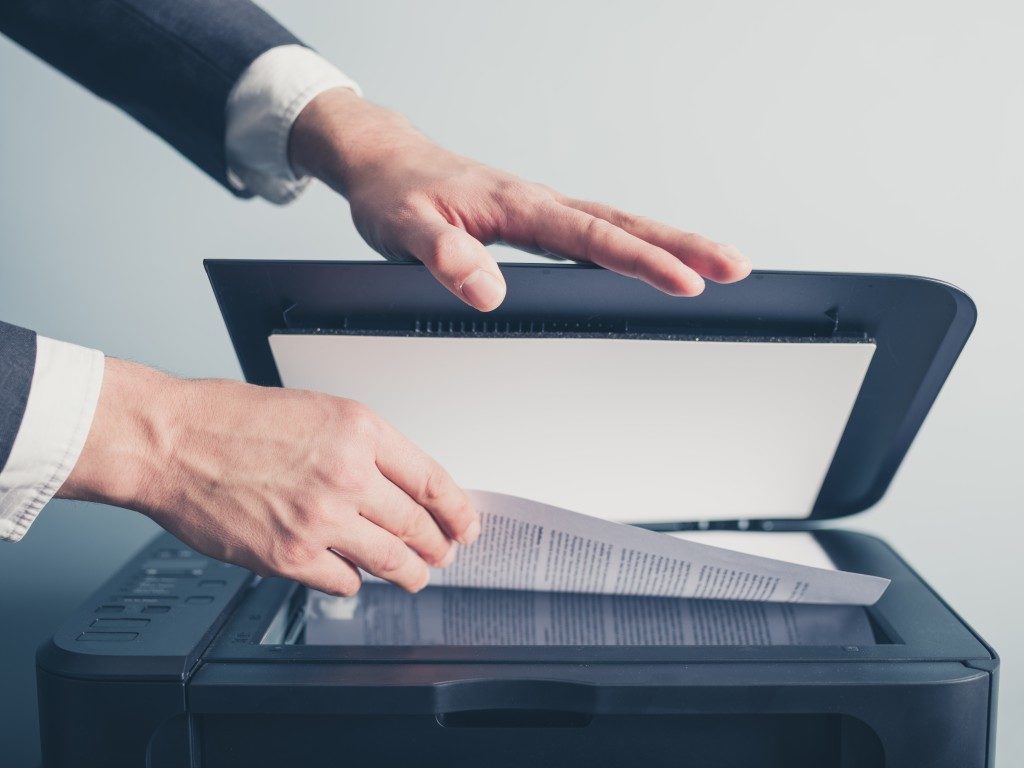These days, saving the environment and being eco-friendly or sustainable aren’t just buzzwords. Everyone is aware of the unpredictable future of our environment in the face of climate change and human impact on natural resources.
The rise of the modern paperless office is a reflection of this trend. Not only have businesses come to realize that they play a massive part in reducing our environmental impact, but there’s also an opportunity for significant cost savings in managing paper waste, making this a win-win solution.
If you’re looking to do your part by steering your business toward green practices, here’s how you can take a big step and shift your company to a paperless workflow:
System setup
Before you go paperless, it’s crucial to have a document management system (DMS) in place. Enforcing a paperless workflow without the necessary DMS would be like requiring people to take the subway every day in a city with no trains; the infrastructure needs to be set up first.
Good DMS integration solutions will allow you to handle the storage, sorting, and data management of all types of documents that your office uses. They offer the capability to sign contracts and invoices digitally or digitize graphic information from photographs and layouts. You want a system that will bring minimal disruption once it’s implemented so that employees substitute manual actions with a few gestures or clicks.
Beyond that, you might already have some form of collaboration software or cloud storage in place for your business; if not, now’s the time to get your team up to speed with the latest technology for data management. You’ll want a workflow that makes it easy for everyone involved to access, modify, and share the files they need.
Hardware

Part of the setup for your paperless office may include some changes to your equipment. Many offices can have a massive archive of papers that needs to be backed up before disposal. A suitable scanner, especially one with features such as increased scanning quality and speed, or application programming interfaces that read the output, can smooth the process.
If your office allows remote work or telecommuting, you might want to make sure that employees under such working arrangements have the necessary tools for a paperless workflow. A decent smartphone camera and app will do in a pinch to capture invoices and receipts.
Personnel
Once your paperless system is in place, you need to train the people who’ll be implementing it. This includes information about the business and environmental benefits of going paperless, training on procedures, and how to use the new software and hardware. It will also require additional training for cybersecurity, as sensitive data is migrated to the cloud, and processes such as client billing are handled through digital payment methods.
Allow for a human adjustment period. Most people are accustomed to using pen and paper for a wide range of tasks, and even younger generations who grew up with smartphones in their hands may need to familiarize themselves with the safety practices necessary.
In the end, going paperless won’t be without its difficulties, and some investment will be required. But in replacing a waste-producing system with a digital one, you’re cutting costs on paper and ink, reducing waste disposal efforts, clearing storage space, and taking a big step toward sustainability for your business.



